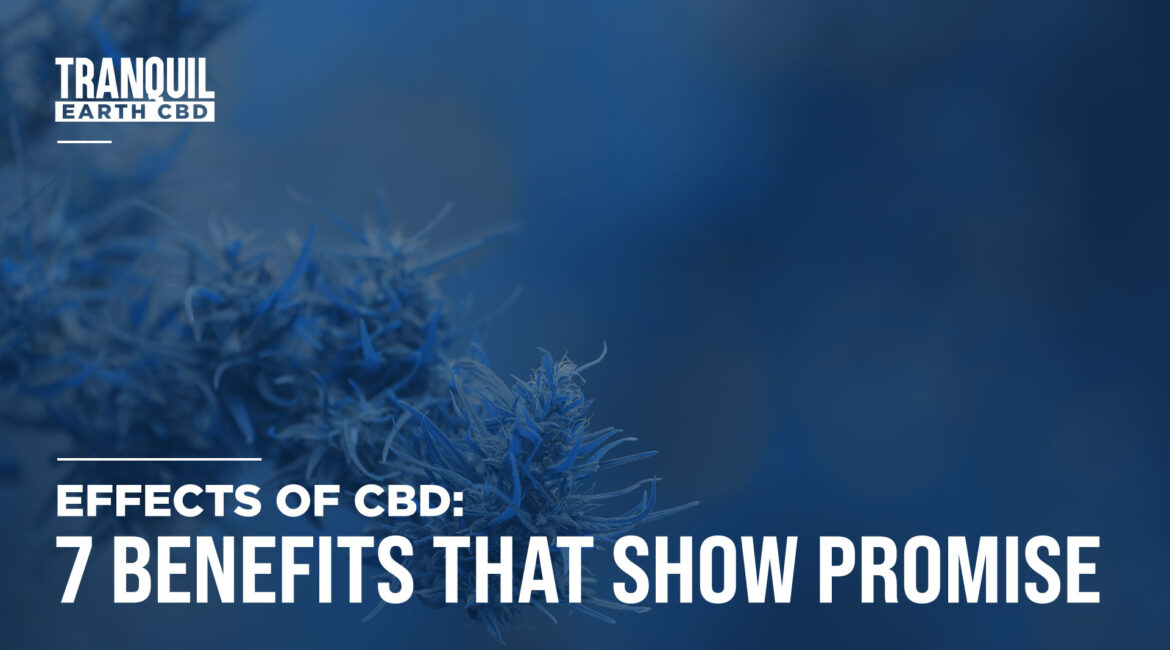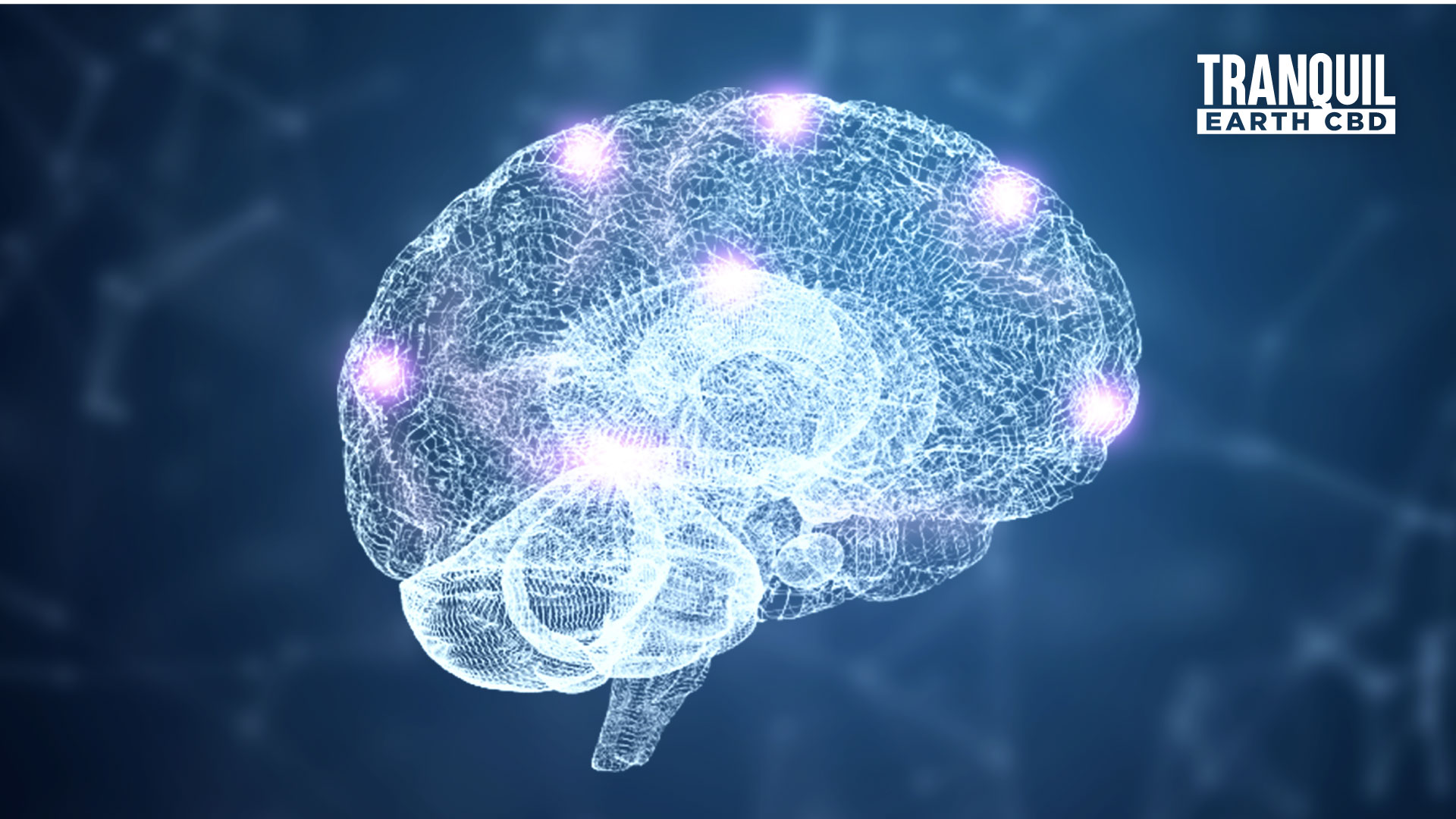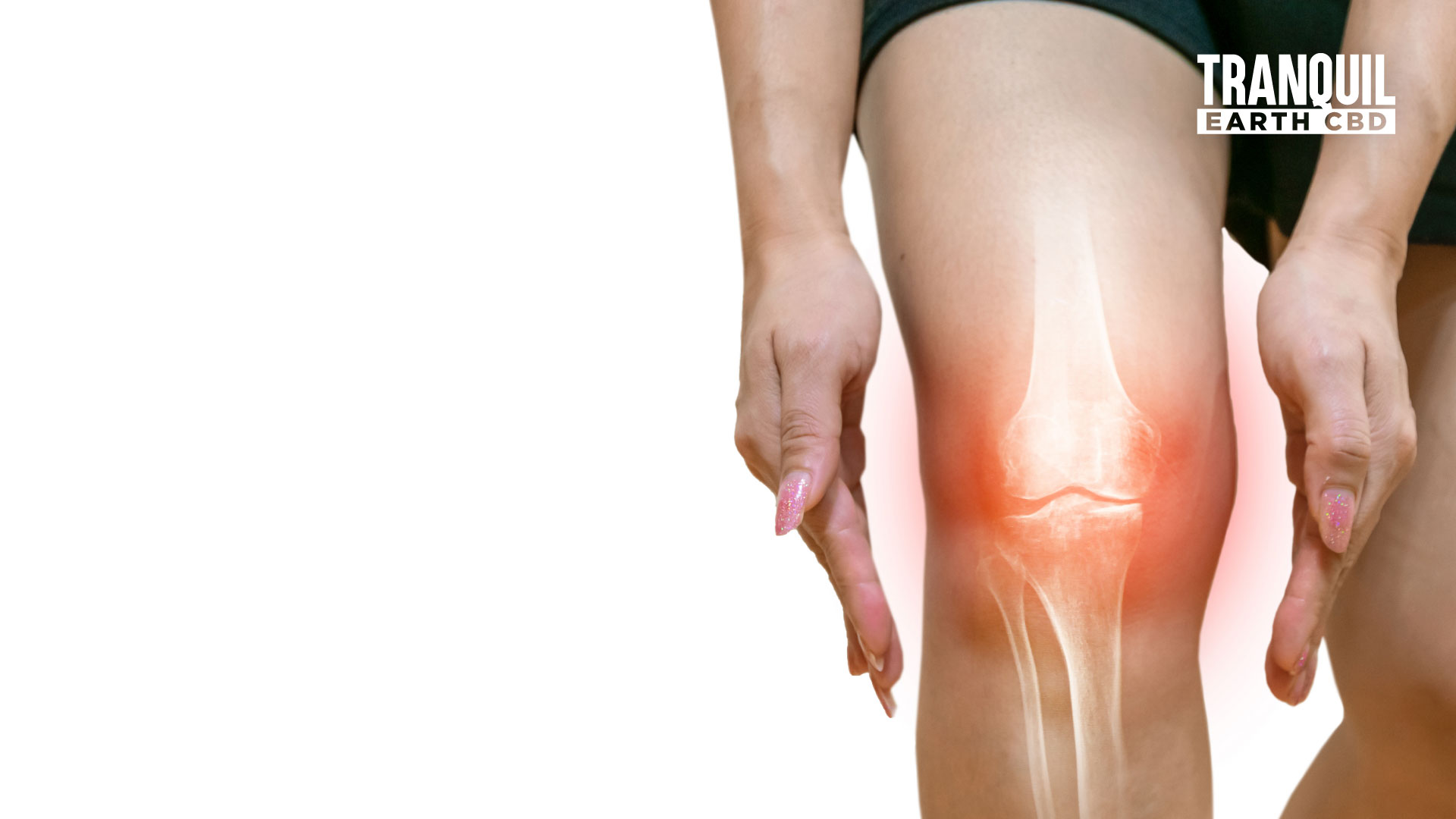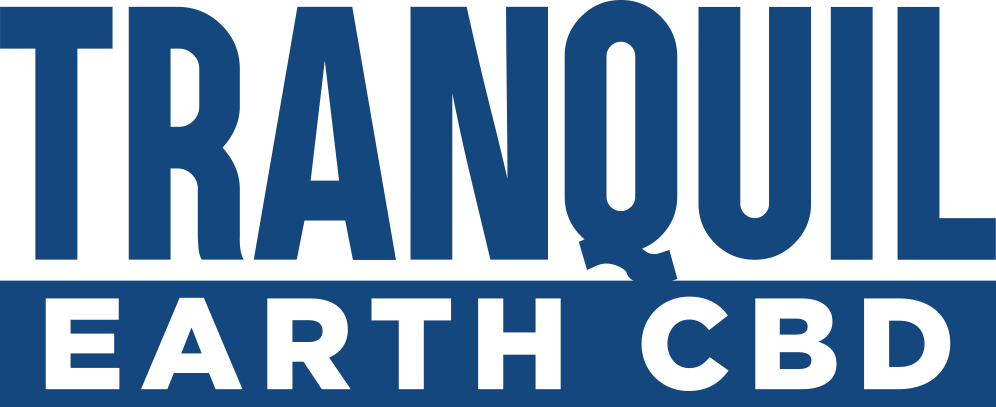7 CBD Benefits That Show Promise

As you’re confidently strolling down the aisle in a supplements shop, you may take certain things for granted. There are many claims made by products on the shelves, but the supplement industry actually has a dirty little secret. There’s not a whole lot of science behind most of the supplements you find stocked in stores.
They’ve probably done little testing.
The Food and Drug Administration (FDA) does very little to oversee the industry. As long as they’re not saying that they can prevent, cure, or treat a disease, they can claim a handful of things. It’s up to you as the consumer to do the research and come to your own conclusions. Cannabidiol (CBD) is no different. In fact, CBD is one of the latest partygoers to crash this supplements party.
But unlike some supplements, some strong evidence really does have CBD’s back. While scientists need to stay objective to do good research, there’s a lot of excitement out there about what they’re finding and what more they have to find. However, it is important to reiterate that not all studies are created equal. We have something called the Scientific Method that helps keep scientists honest and objective.
Before we jump right into the ocean of scientific evidence supporting CBD and start surfing those waves of information, it pays to familiarize ourselves with some important science concepts on which the studies in the article are built.

Science Concepts You Need to Know
The Scientific Method was invented around the 17th Century. Before that pretty much anyone could claim anything and call it scientific proof.
In an attempt to eliminate nonsense and false claims, several scientific concepts have been developed and we’ll be looking at these as we explore CBD evidence.
- Anecdotal Evidence – The evidence is based upon individual observations. If someone says “CBD cured my anxiety”, that’s based on their personal experience. Anecdotal evidence generally needs to be taken with a grain of salt — or a ml of Reef CBD if you prefer. But if enough people have this experience, the proof gets stronger. A survey of 100 people may not mean a whole lot. But you survey thousands and you may be onto something.
- Controlled Study – Some participants received a placebo so that the researchers can know for certain that CBD did something and that the results aren’t tainted by placebo effect. The mind is a curious thing. We often see what we want to see. We only see things that support what we already believe. If people think CBD should help X, then that’s what they experience up to a point. Controlled studies tell us that CBD benefits aren’t all in our heads.
- Double-Blind – Neither the scientists nor the participants know if they got a placebo or the real deal. The observations are genuine. As a side note, it’s notoriously hard to do a double-blind, controlled study on marijuana because it’s pretty obvious who took a placebo. They’re the ones wondering what’s so funny.
- Clinical Studies – These are the studies done with the highest scientific rigor on humans with a condition typically over a longer period of time to confirm safety and effectiveness. Clinical studies are resource-intensive so they’re usually only done when something wants FDA approval and after numerous pre-clinical studies have shown that it’s worth the investment. Most CBD studies right now are in pre-clinical stages.
- Peer-Reviewed – This means that a scientist that has no conflict of interest has reviewed a study to verify that standard scientific practices were followed. They can repeat the study and get a comparable result.
It’s also important to note that a study needs to be repeatable again and again and get more or less the same result to be valid. Did you ever wonder why there are so many similar studies out there? This is why.
Now, on to the CBD benefits strongly backed by science.

1. Reduce number of seizures
What’s the strongest possible proof for the safety and effectiveness of a medication? In the US, that’s an FDA approval. This isn’t to say they never get it wrong and have to pull drugs from the market. But they do require some significant scientific proof before they’ll approve a drug. Drum roll, please.
Enter Epidiolex. In 2018, this became the first federally-approved cannabis-based drug in the US. CBD is the active ingredient. For children with hard-to-treat seizures, this drug is a lifesaver.
In 2016, a little girl named Charlotte suffered from nearly perpetual violent seizures. Each seizure did more damage to her brain. Charlotte couldn’t talk or control her body normally. She was having 1000’s of seizures a month. Charlotte went on a regimen of CBD oil, which her parents acquired from a Colorado-based company and the seizures nearly stopped. Charlotte is now regaining much of her lost function and enjoying the normal childhood every child deserves.
As a result of Charlotte’s story, farmers in states where marijuana laws are laxer began cultivating cannabis called Charlotte’s Web that is very high in CBD and very low in THC, the substance that makes people high. Because of Charlotte more children with similar seizures now had access to CBD.
Charlotte’s isn’t the only story like this. But it was influential as it may have strongly contributed to the reclassification of hemp in the 2016 and 2018 Farm bills. These bills opened the doors for hemp-derived CBD to be sold in the US. It also encouraged the FDA to take CBD claims seriously leading to the approval of Epidiolex.
But one child’s story isn’t enough for the FDA. Let’s look at some of the scientific proof of CBD benefits for seizures that went into the approval decision.
You Want the Proof?
In 2017, researchers in the US and Europe conducted a placebo-controlled, double-blind, clinical study on CBD for individuals with a rare form of seizures called Dravet’s. Each participant was having at least 4 seizures a month, a far cry from poor Charlotte’s condition, but still terrible. During the study, the CBD group’s seizures reduced by half. The placebo group had no significant reduction.
How did CBD do this? The next benefit may shed some light on that.

2. Protect Nerves
Studies have shown that CBD may protect the nerve endings and dampen overactive messages traveling through the nervous system. A seizure is more or less an overwhelming of the brain with too many messages at onc. This protection may go beyond seizures.
- A 2108 professional review of existing studies found that nerve protection may help those with Parkinson’s and Multiple Sclerosis
- A 2018 study found that for those with Parkinson’s, early intervention is vital because the damage that Parkinson’s does to the nerves happens quickly and is irreversible, making CBD’s effects limited at that point.
- A study conducted by some Maryland researchers back in 2000 had already determined that CBD was able to protect nerves from damage. While we have scientific rigor for a reason, it also means that sometimes scientists spend decades studying something before we see practical application in therapeutics or medicine.
Has CBD’s day finally come? We hope so. And with each new study confirming the findings of the last, that looks to be the case.
Many scientists believe that CBD benefits may extend to other conditions that damage nerves like celiac, the disease that causes gluten intolerance, as well as multiple sclerosis (MS), lupus and rheumatoid arthritis, but’s still too early in the studies. You might choose to use CBD to see if it helps you with conditions of the nervous system.
But seizures and nerve protection aren’t the only areas where the science is strong.

3. Reduce Chemo and HIV-induced nausea
Healers of all kinds have been using cannabis to treat nausea for thousands of years. The first recorded usage was over 5000 years ago in what is now present-day Romania. In the United States, up until marijuana prohibition in the mid-20th Century, doctors regularly prescribed cannabis to their patients for conditions like nausea. In fact, the American Medical Association opposed the restrictive laws and regulations on cannabis. In the 1930s, they wrote a letter proclaiming the health benefits of cannabis and requested that it be researched. Despite their request, cannabis research in the United States all but ceased around this time.
To healers, both ancient and modern, the proof was in the many patients who anecdotally described their relief. Now, we finally have the scientific evidence to support what ancient apothecaries and herbalists knew all along.
At this time, a major double-blind, controlled study is underway to provide FDA level proof of the CBD benefits for nausea. Once this study is completed, we can expect to see more prescribed CBD drugs hit the market. Even though this study has not yet been completed, it likely wouldn’t be happening if we very promising studies didn’t already exist.
- A study from 2015 showed that a cannabinoid-based drug now available in Europe called Sativex reduced nausea in 71% of participants in the study.
- A 2011 study showed a reduced nausea response in people taking Sativex who were exposed to a harmless but nausea-causing substance.
Numerous other studies support the anti-nausea effects of CBD. In most cases, researchers studying the effect of CBD on nausea study it with THC. This is not because CBD can’t relieve nausea on its own, but because the THC in cannabis is an appetite stimulant. Not being able to eat is common for people on chemo and those with HIV/AIDS, so researchers are very interested in how both work together for these patients.
But if getting high isn’t the look you’re going for, know that CBD can stand on its own.

4. Reduce inflammation
A lot of the chronic diseases that exist today wouldn’t exist without inflammation. For example, irritable bowel syndrome (IBS), colitis, arthritis, dermatitis, and autoimmune diseases all deal with inflammation. Inflammation is important. It’s how your body fights infection. But when it sticks around after it is needed, it can cause discomfort.
The benefits of CBD for inflammation are promising. It may be some time before we can say that it can treat a specific disease. More studies are needed to find the right doses. Until then, many people are experimenting and reporting positive results.
- In 2016, researchers found that a high dose of CBD could significantly reduce colon inflammation when given via a suppository.
- A 2017 study showed that CBD reduced joint inflammation. They found the most effective dose to be 300 μg, which is approximately 1/3 of a milligram. It reduced inflammation response by nearly 23%.
- In 2016, researchers used CBD to reduce gum inflammation in those with gingivitis.
And we’re only scratching the surface here.

5. Reduce pain
Inflammation and pain often go hand-in-hand, but it’s important to look at these separately. Does reducing the inflammation also reduce the pain associated with it?
- A 2018 study on HIV patients showed the CBD reduced nerve pain by 30%. This can likely be attributed to the anti-inflammation and the neuroprotective properties.
- In 2018, a study was conducted on dogs. A controlled, double-blind, randomized study gave CBD to dogs who had crippling osteoarthritis that made it hard for them to move. At the 0, 2, 4, 8 and 24 marks they measured attitude, behavior and the ease with which they could walk. Dogs who received the CBD performed better on all measures compared to placebo.
Why is a dog study so significant? Pain reduction is very difficult to measure scientifically because it’s based on perception. On a scale of 1 to 10, how bad is your pain? But dogs don’t lie. If they’re moving around and look like they feel better, then they likely do.

6. Reduce anxiety symptoms
In today’s busy culture, stress is eating away at us all the time. Is there strong scientific evidence to show that CBD may help reduce anxiety?
Multiple studies support the anti-anxiety effects of CBD. Researchers are particularly interested in its ability to help people with:
- Panic disorder
- Obsessive-compulsive disorder (OCD)
- Social anxiety disorder
- Post-traumatic stress disorders
In fact, CBD and anxiety studies have given us one of the best studies so far. Scientists gathered a bunch of participants who had significant clinically-diagnosed anxiety. They gave each of them a public speaking project. Before they pushed the participants onto the stag, they gave half of them CBD and the other half a placebo.
During the students’ speeches, they measured physical indicators of anxiety:
- Blood pressure
- Heart rate
- Skin temperature
They also did some observational measurements like:
- Whether they looked cognitively impaired (e.g. forgot things or couldn’t speak)
- How comfortable they looked
- The participant’s perceived level of anxiety
The CBD group outperformed placebo on every measure.

7. Reduce intestinal distress
Irritable Bowel Syndrome is an inflammatory condition, but it deserves its own section. Common IBS diseases include ulcerative colitis and Crohn’s.
- A 2013 study on those with IBS found that CBD is a “very promising compound since it shares the typical cannabinoid beneficial effects on gut lacking any psychotropic effects”.
- A 2011 study showed a reduction in TNF-α expression as well as the presence of cleaved caspase-3 in the intestines of those with colitis. Both of these markers represent a scientifically-measurable reduction in bowel inflammation.
- A 2009 study found that CBD reduced damage to the colon caused by toxins, such as chemo.
- Results on those with Crohn’s Disease have been mixed. A small, randomized, controlled, double-blind study resulted in remission for 65% of the CBD participants after 8 weeks. But we should note that 35% of the placebo group also went into remission, reminding us once again that sometimes it’s mind over matter. Another smaller controlled study found no benefits over placebo for Crohn’s.
That last point is an important reminder that research is still ongoing. Despite the fact that many studies have been done, there’s a lot we still don’t know. That’s especially true when it comes to how much CBD a person needs for different benefits. The above studies have shown that CBD is safe in high doses and has no significant side effects. Plus, they are bringing to light what administration methods and doses work best.
Before we finish, let’s take a quick look at what these studies are showing us.

CBD Administration Methods
How do you take your CBD? You’ve got a lot of choices.
Vaping
You can vape CBD straight into your lungs by inhaling CBD vape juice through a vape pen. The lungs are filled with mucous membrane that quickly absorbs CBD.
Topical/Transdermal CBD
CBD can be absorbed through the skin using a CBD topical. If you have inflamed joints, applying it directly to that area is the most direct way to get the CBD where you need it.
CBD Tincture
CBD tinctures are your most versatile option. You can take it orally, sublingually, topically or turn it into a spray. Sublingual administration, which is where you drip the tincture under your tongue, hold it for 90 seconds or so, before swallowing, helps deliver the CBD more directly into your bloodstream because it bypasses the stomach and liver.
CBD Capsules
CBD also comes in CBD capsules that could be taken with your morning coffee.
CBD Flavor Shots
Following the 5-Hour Energy concept, you can take the little bottles with you anywhere. Open it up and get your CBD boost.
Hemp Flower
For a more natural form of CBD, you can get CBD in the form of hemp flower. It’s naturally high in cannabidiol and below the legal amount of THC.
